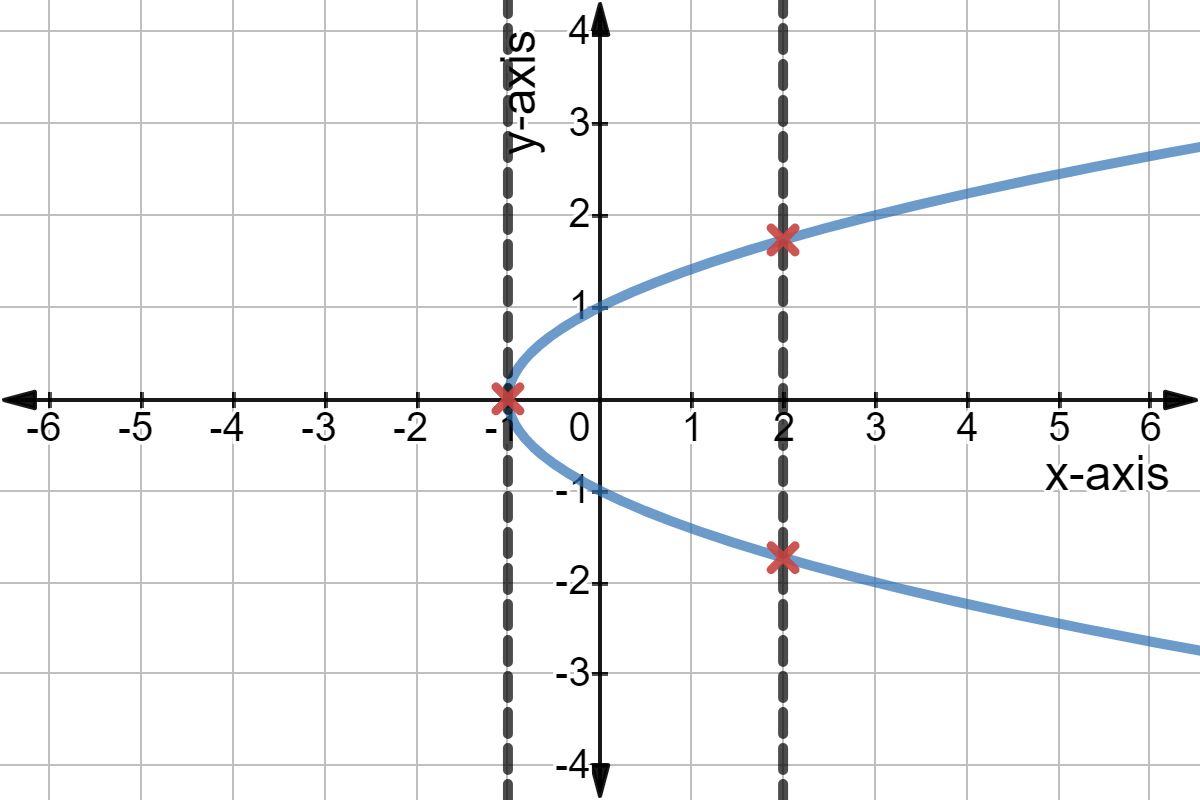Evaluate f(x)=-3x if x=2
What is -6?
State the domain of the function {(4,-2),(-1,1),(2,-3),(3,0)}
What is {-1,2,3,4}?
Is it a function? {(2, 3), (4, 5), ( -2, 6)}
What is YES because x does not repeat?
Solve the Inequality:
2x - 3 > 9
What is x > 6?
Evaluate f(x)=2x+1 if x=-2
What is -3?
State the range of the function {(4,-2),(-1,1),(2,-3),(3,0)}
What is {-3,-2,0,1}?
Using the vertical line test, does the graph represent a function?
What is NO, the graph fails the vertical line test
Translate into a mathematical expression:
5 less than a number is 10
x - 5 = 10
The set of second coordinates in a relation or a function
What is the range?
Evaluate f(x)=-3 - x if x=6
What is -9?
Find the domain and range of
What is a domain of -1≤x≤2 and a range of 0≤y≤4?
Is it a function?
| x | y |
| 2 | 4 |
| 1 | 5 |
| 2 | 6 |
What is NO because x repeats?
Uber has a flat rate fee of $5 every time you request a ride. Additionally, Uber charges $1.50 for every mile, M, driven. Write an equation to represent the total cost, C, of an Uber ride.
What is C = 1.50m + 5?
A relation that assigns exactly one value in the range to each value in the domain?
What is a function?
Evaluate f(x)=25 + 4x if x=5
What is 45?
Find the domain of the relation:
What is a domain of {0,1,-2}?
Is it a function?
What is YES because it passes the Vertical Line Test?
Simplify:
(3x2-2x+5)(x+1)
What is 3x3+x2+3x+5?
True or False: The independent variable is the y variable
What is false?
Evaluate f(x)=-(4x+2) if x=7
What is -30
Find the range of the relation
What is a range of {-2, 1, 4, 3}
Is it a function? 
What is NO because it does not pass the Vertical Line Test?
Solve for r:
d = rt + p
What is r = (d-p)/t?